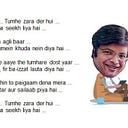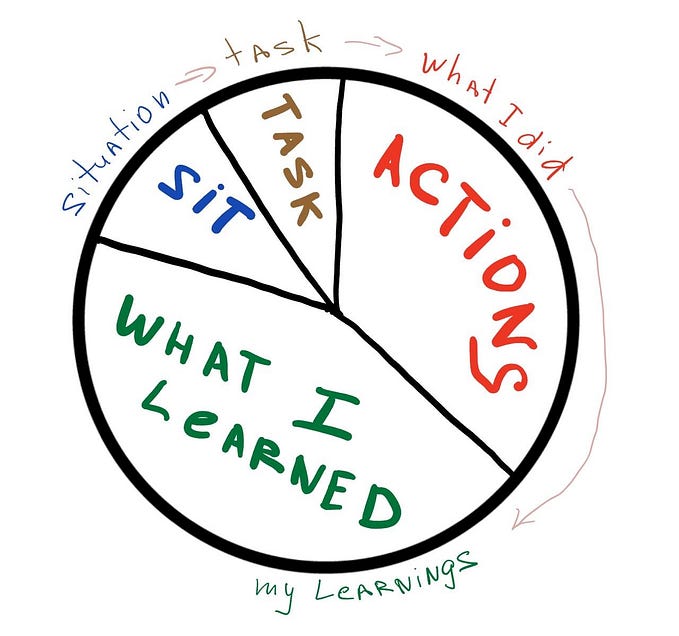My encounter with various problem solving techniques and Design Thinking.
I have been practicing Design Thinking Since almost 2 years and have been working with various organizations in helping them to evangelize Design thinking as a mindset and culture.
A common question I have been asked by people, how is Design Thinking different from other problem solving methods like Six Sigma, lean, agile etc. and if we as an organisation have already invested in other such methods how and where would Design Thinking create value.
I having practised some of these methods before see a clear unique merit in the above question as the situation of these individuals is similar to that I was in 2 years back. Through this article I have attempted to bring a perspective that might help some potential Design Thinking practitioners understand how are these methods unique and still marriable. Let’s understand this via two different frames:-
The comparative frame: -

The organization frame: -

Let’s deep dive into it further.
In the comparative frame I have tried to give a comparative view of how do these methods differentiate themselves and thus retain their unique positioning. All these methods have their own merits and are applicable differently in different situations. While Design thinking focuses on the understanding human challenges and needs through deep empathy, it does not hardjacket itself into a rigid process. It gives enough space and room for human creativity to stay alive. Lean and Six sigma both have a high process focus and look at solving problems through the process and quantitative data in case of Six Sigma.
In the organization frame I have tried to place these methods in the value lifecycle of an Organization. While Design thinking & Lean startup fit really well in the value creation space, methods like Agile, waterfall, DevOps etc. contribute heavily in the value delivery space & finally methods like Lean, Six Sigma, Value engineering etc. can help organisations to further optimise the performance and value of the solutions designed and delivered in the previous phases of the value lifecycle.
Through this article I am not trying to grade the importance and value of these methods. Infant I feel all of them are equally important and play a vital role in designing a seamless & timeless organization.
Further when I tried to empathize with the people who were actually having this question. I could understand the actual challenge. The challenge is that a lot of organizations are looking at design thinking as just another business excellence method and have entrusted the responsibility to drive a design culture to the business excellence teams to drive. However I strongly believe and feel that the sponsorship and drive of Design Thinking should and has to be with the business leaders.
A strong business drive, a capable workforce and an enabling organisational ecosystem is the secret sauce for successfully driving a design led cultural change.








